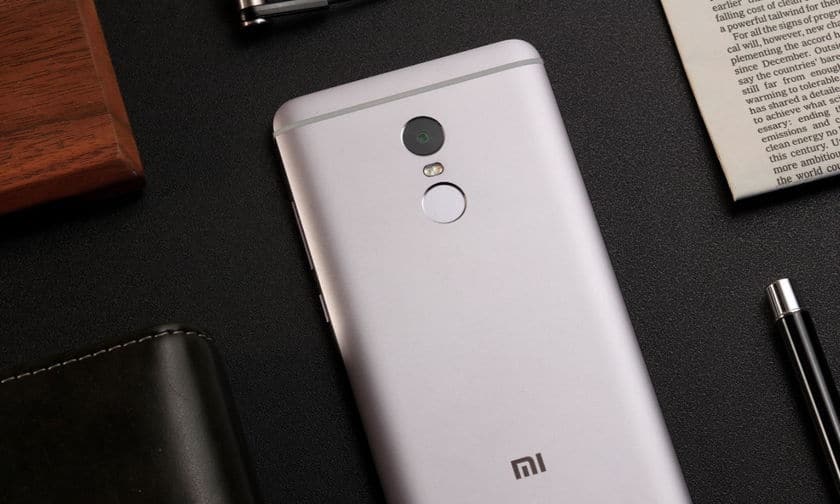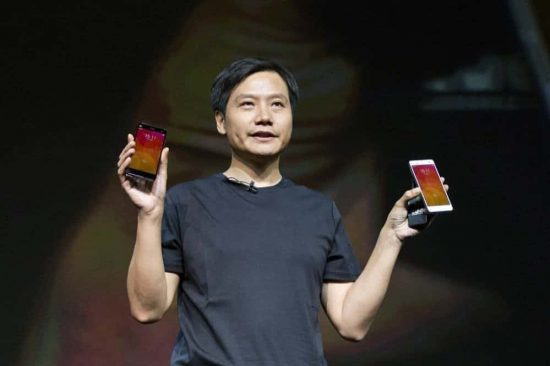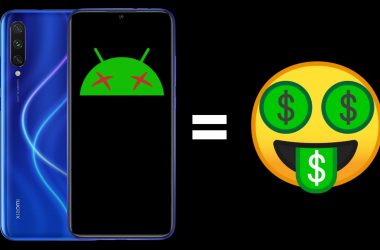I was reading an article on Quartz, and it was quite an exciting read. It’s about how Xiaomi’s founder Lei Jun inspired by the book about Steve Jobs.
8 years ago, Lei Jun co-founded Xiaomi, which is now going public for a valuation of $100 billion. That’s an outstanding achievement, but would you believe if I say that the company is successful only because it did precisely the opposite of what Apple is doing? Didn’t get it? Let me clear that up.
Apple is mainly known for launching premium-end devices for a niche audience who can afford it. No wonder why 60% of Apple’s revenue comes from the iPhones alone. On the other side, China’s Apple is better known for launching low and mid-end devices where it is targeted at everyone by keeping the pricing for a marginal profit. It worked out, and the flash sales indeed boosted the company to where it is now. We can clearly say that the global success of Xiaomi is mainly because of the anti-Apple strategy. But again, why’s it relevant to the ‘cannibalization‘?

Alright, let me ask a question. Ever wonder how many smartphones did Xiaomi announced this year? Well, it’s more than 10. Out of them, many have already arrived in India with a mere change in the name like Redmi S2 as Redmi Y2, etc. There are other smartphones like Mi 8, Mi 8SE, Mix 2S, etc. are queuing up to enter the Indian market in the coming months, but isn’t that the smartphone market is already crowded with just Xiaomi smartphones?
As of now, Xiaomi has only concentrated on low-end and budget smartphones that made it reach the top position in terms of sales and market share. The anti-Apple strategy worked out well. However, from an end-user perspective, it’s a mess to see the overcrowded smartphone market with just Xiaomi phones. Even though I’m a big fan of Xiaomi, these days, I couldn’t keep a count of smartphones they’re launching. One major thing that’s bothering me is the way they’re launching the phones’.
Keeping a tight budget, Xiaomi includes hefty specifications for the price tag, but the very purpose of 2018-ish smartphones is to feature new chipsets, and that’s where things are going wrong. Most of the budget-end smartphones launched by Xiaomi in India are equipped with a couple of years’ old Snapdragon SoC or a cheaper MediaTek chipset. It’s quite not what an Indian consumer is looking for. Though some of these chipsets are power-efficient and positively enhance the overall performance of a phone, the main advantage for a brand in using these chipsets is to keep the competitive pricing. It’s not just Xiaomi; other OEMs are also following the same principle. Here come’s the cannibalization or being a competitor to itself part –
When you have different smartphones running on the same chipset, wouldn’t be hard for a consumer to decide which one to buy?
Exactly! That’s where the main problem is. Several smartphones launched by Xiaomi are aggressively priced, but within a short span, they are getting outdated, as there’ll be a new Xiaomi phone in the market. At the same time, these new phones will have a little bump in their specifications, but most of them would be equipped with the same old chipset as in the old phones. There are indeed exceptional cases where new MediaTek chipsets powered the latest smartphones, but others’ are as old as the true-bezel phones.
So, do I think Xiaomi is competing in India? Well, Kind of! The company is indeed the no.1 both in terms of sales and market share, and it’s there mainly due to selling-off the budget-end phones like Redmi Note 4, Redmi 5A, etc. Honestly, there isn’t a tremendous improvement from Redmi Note 4 to 5 as both of these phones are equipped with the same chipset, but they are sold out in millions. It might continue with their new smartphones launches too, and to make a difference, you, as a consumer, should be aware of what’s going on. Just keep an eye on which chipset the phones’ are using, and what sort of improvement there is compared to the predecessor.
It indeed takes time to manufacture phones with the new chipsets like Snapdragon 710 or the recent three chipsets launched by Qualcomm, but it wouldn’t be ideal to launch with year-old chipsets like 636 or 660 SoC instead of 625 SoC? Well, let’s see how long Xiaomi will compete in the Indian market.







